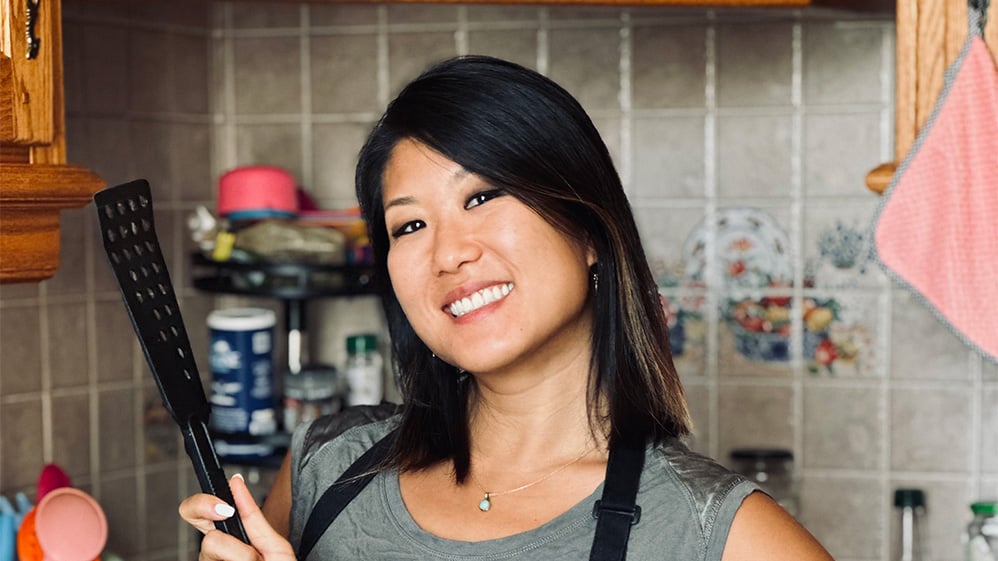We all like to munch aka do “snacking”. It is technically defined as an eating occasion besides breakfast, lunch and dinner. Nowadays there are plenty of food items available for snacking– from junk to nutritious. Yet snacking is still associated with junk food, clearly damaging to our health.
Why do we Snack?
There are various reasons: Hunger, Location, Social and Cultural Influence, Impression Management, Craving, Mental Imagination of Foods, Boredom, Food Insecurity (food will get over), Distracted Eating and Eating for pleasure. Various research studies have been done on Snacking and its associated factors – Types, Frequency and Their Impacts. The interesting inferences drawn from the studies conclude that people with low BMI opted for healthy snacking options – yoghurt/ nuts/ veggie sticks whereas overweight people with high BMI opted for indulgent foods. Thus, snacking has proven to be useful in weight loss programs as well as in improving the metabolic functions. The research studies also concluded that snacking frequency increased when people were hungrier as compared to subjects who felt quite full after a meal.
Snacking between meals can help in avoiding overeating during meal times and maintain our energy levels. But the type of snack we munch has a huge impact on our body. A snacking diet of fruits /vegetable/yoghurt/ nuts is way better than consuming sugar and fat laden foods and beverages. (Also Read: Why Bother Snacking)

Tips on Snacking
So how can we ensure our snacking is mindful? The most effective way is to be mindful when buying snacks. The choice of a snack is reflective of the consumer’s awareness and knowledge of nutrition. Most conscious consumers will rely on the nutrition label to get details of the nutritional content of a snack. However, these can be misleading at times. For example, the terms ‘Low in Fat’ or ‘Fat free’ or ‘Fruit Sugar’ on packaged snacks can be misguiding as they have hidden sugars, fat as well as additives in them.
Recently a more credible alternative has emerged. A research study done in UK (2017) amongst individuals aged (18-64) years concluded that a provision of putting the amount of physical activity on the nutrition label to burn the consumed calories was the most effective way of selecting low kilocalorie snacks. If this approach can be made as guidelines for all nutrition labels as well as for restaurants, they will not only help in improving the nutrition knowledge but also in making smarter food choices, whether its snacking or meals.
Remember KISS – Keep It Simple Snacking
1. Choose nutrient-rich snacks- protein and fibre loaded to keep you full for a longer time.
2. Enjoy each bite of the snack slowly.
3. Carry healthy options of snacks like nuts or seeds to work place to avoid hunger pangs and over eating.
4. If possible, try and make healthy snacks at home.
5. If indulging in unhealthy snacking, make sure you control the portion size- put chips in a very small size bowl instead of keeping the whole packet in front of you.
6. Drink lots of water: thirst is often confused with hunger.
7. Avoid excessive sugary drinks as they increase the craving for food.
8. Don’t make a meal out of a snack: have regular healthy meals.
References:
JM Hess, J L Slavin. 2018. The benefits of defining “snacks”. Physiology & Behavior 193: 284–287.
A Richard, A Meule, J Reichenberger, J Blechert. 2017. Food cravings in everyday life: An EMA study on snack-related thoughts, cravings, and consumption. Appetite 113: 215-223.
NM De Vlieger, C Collins, T Bucher. 2017. What is a nutritious snack? Level of processing and macronutrient content influences young adults’ perceptions. Appetite 114: 55-63.
K Anastasiou, M Miller, K Dickinson. 2019. The relationship between food label use and dietary intake in adults: A systematic review. Appetite 138: 280–291.
U Masic, P Christiansen, EJ Boyland. 2017. The influence of calorie and physical activity labelling on snack and beverage choices. Appetite 112: 52- 58.


